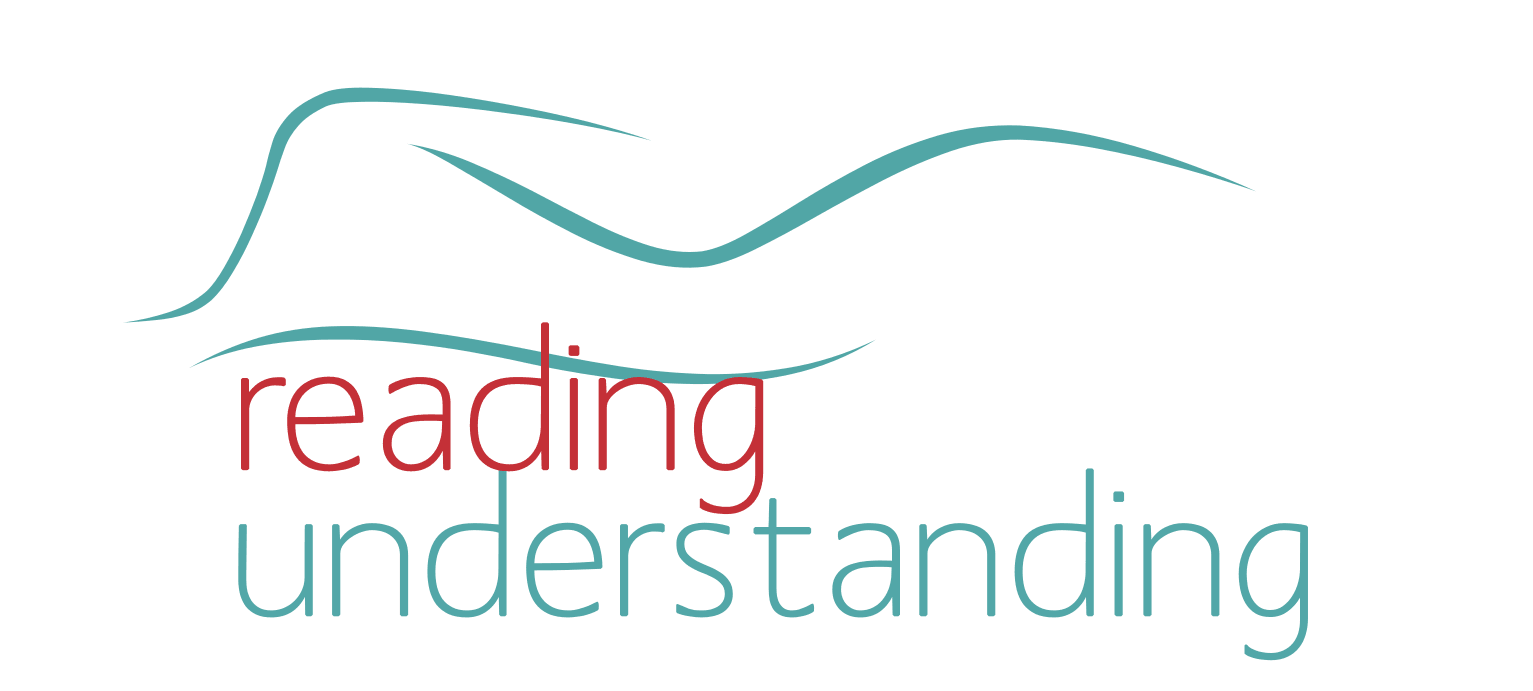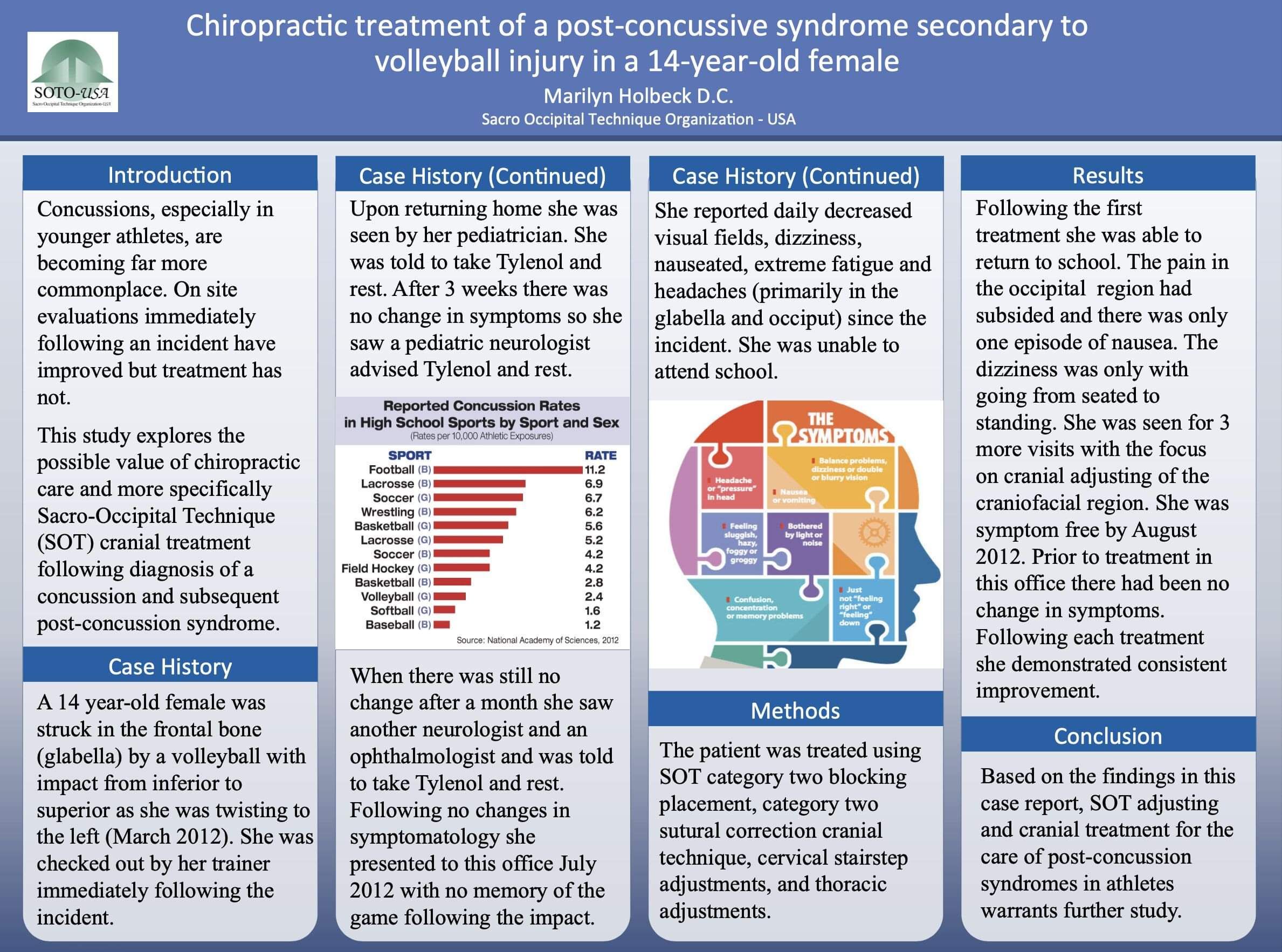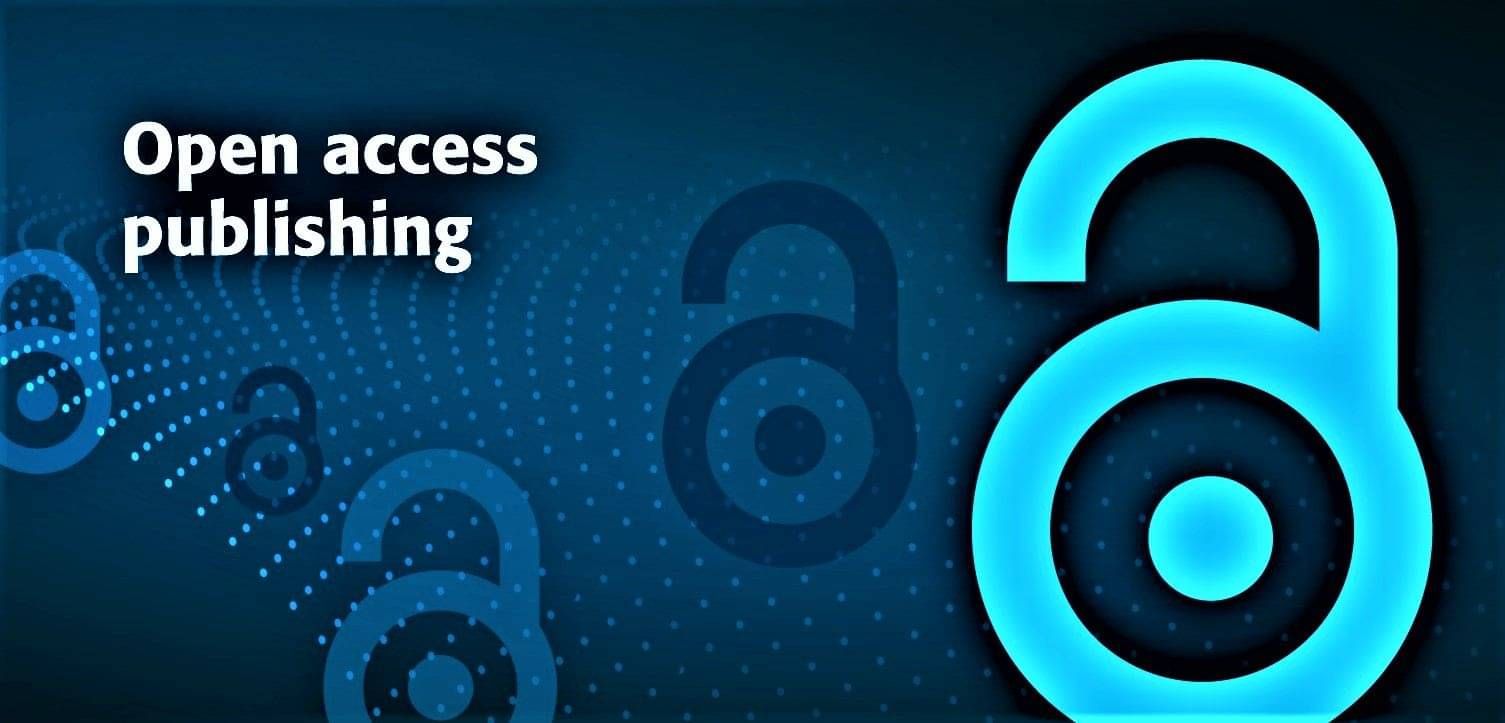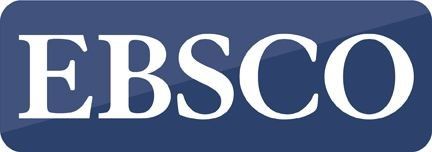
apcj Issue 2.2 October 2021
We have to do better
Abstract: The prime attitude-shift is to appreciate that the more successful conventional chiropractor has moved well beyond a pain-care model and now delivers their individual version of care to enhance Well-Being. What is more, the evidence-base for this is rapidly growing. It seems that monthly there are new papers addressing clinical concerns such as strengthening immunity and addressing stress and mental status. Why, even the association between spinal dysfunction and visceral-type presentations, notably abdominal, is being regularly reported. It is important for you to subscribe to a service which provides these for you.
In the last half of the 20th Century the profession firmly established its ability to survive. A major contribution was the Wilk Trial in the USA. I addressed this in my previous editorial (Ebrall, 2021b) and the landing page for this issue carries a detailed video report on this matter by Dr Lou Sportelli.
The Journal reasonably expects the role of a chiropractor to include the provision of informed information to patients regarding a wide range of health matters including vaccination. We strongly object to regulatory bodies mandating chiropractors to take a pro-vaccine stance and we strongly object to regulatory bodies interfering with a chiropractor’s right and freedom to hold a point of view that differs to their party line; neither position is supported by evidence.
Cite: Ebrall P. We have to do better [Editorial]. Asia-Pac Chiropr J. 2021;2.2. URL www.apcj.net/papers-issue-2-2/#Ebrall-Oct
WCCS Message to Chiropractic Youth
Youth leadership and representation in Healthcare: The importance of youth having a voice in the Healthcare sector.
'We have found ourselves in a continuously developing and changing profession. However, this same profession is not fully understood or considered as a healthcare choice by the entirety of the global population. A lack of awareness and understanding of who Chiropractors are and what Chiropractic entails can be highlighted amongst others as one of the greatest modern-day challenges that the Chiropractic profession faces. The inclusion of the youth of Chiropractic in advocacy and interaction at high level proceedings gives the profession the opportunity to address matters of importance in a new and innovative manner.
To the Youth I say, take the opportunities given and do not be afraid of what the task encompasses. Be fearless in your pursuit to learn and you will always find someone to guide you along your path. Achieving this goal will be an incredible representation of the Chiropractic profession and the youth of healthcare at large'
Cite: Tagari MY. Youth leadership and representation in Healthcare: The importance of youth having a voice in the Healthcare sector. Asia-Pac Chiropr J. 2021;2.2. URL http://apcj.net/wccs
Medicine has failed to grasp the principles explaining chiropractic’s international success
Abstract: Insecurity of political medicine has generated misrepresentation to the extent that it must be embarrassed to now find many medical practitioners adopting chiropractic concepts, and techniques, but also chiropractic practitioners providing care in government institutions like the US armed forced and general hospitals.
An astounding admission was presented at the US National Press Club in 2017 when the professor of Medicine at the New York University School of Medicine Dr Marc Siegal ‘outlined the scope of the opioid crisis, its history, and how chiropractors offer a key solution in the non-pharmacologic approaches to pain management, other MDs, PhDs, and directors for various pain-management and medical organizations followed suit.’
It must be humiliating for political medicine to find that in addition to these facts, more and more private practitioners are cooperating and collaborating with chiropractors. Others have adopted aspects of the chiropractic model, just as physiotherapists are now developing their limited form of spinal manipulation.
Chiropractic is a profession and far more than just refined manipulation, especially as it incorporates the influence of somatosensory neural physiology into spinal considerations. In essence medicine in Australia is out of touch and out of step with the developments of chiropractic internationally having been misled by self-serving and anti-competitive marketing
Cite: Rome PL, Waterhouse JD. Medicine has failed to grasp the principles explaining chiropractic’s international success [Editorial]. Asia-Pac Chiropr J. 2021;2.2. URL https://www.apcj.net/papers-issue-2-2/#Rome&Waterhouse
Stroke: Two thought experiments. The wide-angle lens
Abstract: 'There is a body of research strongly suggesting that chiropractors ameliorate several risk factors for stroke, and the possible utility of this research in the courtroom should be considered.’
Cite: Masarsky CS. The wide-angle lens: The post-pandemic research era. Asia-Pac Chiropr J. 2021;1.4. URL www.apcj.net/papers-issue-2-2/#MasarskyStroke
A history of professional Applied Kinesiology around the world (Part I)
Abstract: Thirteen contributing authors and teachers of Professional Applied Kinesiology (PAK) chiropractic technique tell the story of the growth of the International College of Applied Kinesiology around the world (and the penetration of PAK into allied healing professions, in Part II). This narrative history presents the detailed, colourful story of the permeation of chiropractic’s AK manual muscle testing (MMT) methods and philosophy into the daily practice of hundreds of thousands and potentially millions of clinicians both within the chiropractic profession and without. Illustrated throughout with historical pictures covering over 5 decades, this is the first comprehensive history of AK and chiropractic manual muscle testing. The remarkable story of how this system of chiropractic manual diagnosis has been taken up by many allied professions and professionals around the world is offered in Part II of this narrative history of PAK
Indexing Terms: Chiropractic, Applied kinesiology, Goodheart, AK, chiropractic history, Albert Schweitzer Medal, Manual Muscle Testing
Cite: Cuthbert S, Lindley-Jones C, and contributors. A history of professional Applied Kinesiology around the world (Part I). Asia-Pacific Chiropr J. 2021;2.2. URL https://www.apcj.net/papers-issue-2-2/#CuthbertetalPAK1
Contain and Eliminate. Howard Wolinsky [Review]
Abstract: Essential reading for every chiropractor and student of chiropractic. Wolinsky brings the inside story of the famous Wilk Trial, the event which cemented the legitimacy of chiropractic.
Cite: Rome P. Contain and Eliminate. Howard Wolinsky [Review]. URL https://www.apcj.net/papers-issue-2-2/#RomeContainReview
Bridges between Dr Janet Travell, Myofascial Trigger Points and Chiropractic
Abstract: Chiropractic is indebted to Dr Janet Travell for her pioneering work on trigger points in muscles. Here, Scott Cuthbert presents a relevant and fascinating overview of her role which led to collaboration with Simons for their seminal textbook.
Dr Scott Cuthbert tells the story of Travell and her passion as a doctor who kept seeking answers for patients with challenging problems.
Cite: Cuthbert S. Bridges between Dr Janet Travell, Myofascial Trigger Points and Chiropractic. Asia-Pac Chiropr J. 2021;2.2. URL www.apcj.net/papers-issue-2-2/#CuthbertTravell
Quintessential Applications: A(K) Clinical Protocol. The Evolution of a Neurological & Biochemical Hierarchy
Abstract: A discussion of the early history of applied kinesiology provides perspective regarding MMT in diagnosis and treatment. Applied kinesiology is a system of diagnosis that utilizes the MMT response as a reflection of the status of the AHMN. It might be succinctly stated that the fundamental objective of this system of diagnosis is the evaluation and correction of nervous system irritation through the application of "natural therapies" designed to remove noxious irritants and restore normal neurological expression, thereby aiding in the promotion of health and the prevention of disease.
The QA Clinical Protocol is ‘a physiologically based, basic science driven, neurological hierarchy for the ordered application of clinical procedures and techniques.’
Cite: McCord KM, Schmitt WH. Quintessential Applications: A(K) Clinical Protocol. The Evolution of a Neurological & Biochemical Hierarchy. Asia-Pac Chiropr J. 2021;1.4:Online only. URL www.apcj.net/papers-issue-2-2/#McCord&Schmitt
Some clinical pearls to enhance your practice: A Clinical Huddle
Abstract: A collection of valuable hints from long-term Gonstread practitioner Dr Rick Elbert of Ogden, IA.
The beauty of over 40 years of practice is having the ability to call it like it is. Here is a new landmark for you, the COB, or ‘Crack of Butt’. Its relevance is that your Nervoscope scan must always include 'the sacrum, to the COB.’
Cite: Elbert R. Some clinical pearls to enhance your practice: A Clinical Huddle. Asia-Pac Chiropr J. 2021;12.2. URL https://www.apcj.net/papers-issue-2-2/#ElbertHuddle
Blum on Kent & Costello
Title: Regarding the ‘Prevalence of abnormal findings in a cohort of 737 patients referred for MRI examination by Doctors of Chiropractic and potential neurological consequences associated with Vertebral Subluxation’
Abstract: Herein lies the problem that I have; no matter how much I want to believe in subluxations, the evidence is yet to be convincing. In the past 30 years or so of clinical practice I don’t really recall any patient who had a completely normal cervical or lumbar MRI. I wonder, what can this possibly mean?
It seems that imaging findings may not be not the best predictor of what type of vertebral subluxations, osseous pathology, neuropathology, or associated discopathy might be presenting with a patient. While there is a general philosophy that if there isn’t any pain then everything is fine, this is where I give myself some pause.
Perhaps Kent could discover a relationship between the nature of MRI findings and the patient’s presentation. This is the nature of the work which would really advance subluxation-based chiropractic.
Cite: Blum CL. Regarding the ‘Prevalence of abnormal findings in a cohort of 737 patients referred for MRI examination by Doctors of Chiropractic and potential neurological consequences associated with Vertebral Subluxation’ [Commentary]. Asia-Pac Chiropr J. 2021;2.2. URL www.apcj.net/papers-issue-2-2/#BlumonKent
Ebrall on Blum, Kent & Costello
Title: Regarding the ‘Prevalence of abnormal findings in a cohort of 737 patients referred for MRI examination by Doctors of Chiropractic and potential neurological consequences associated with Vertebral Subluxation’
Abstract: Kent has produced a fine piece of work for which we must be grateful to McCoy Press for publishing. As readers will gather from Blum’s commentary the paper is not without criticism.
Kent’s large cohort (n=737) sample is of patients who consulted a chiropractor where the paradigm of correction is manual correction of subluxation, a remarkably safe intervention. The cohort was filtered by chiropractic clinical assessment.
This means we can accept that pragmatically, each patient had sufficient signs and symptoms of the problem for which they sought care. In the case of chiropractic patients attending a chiropractor, these indicators were evidence of vertebral subluxation.
The rather remarkable finding of Kent and Costello is that the greater majority of patients seeking chiropractic care have observable findings of things about the spine that we reasonably expect may contribute to a form of small dysfunction. And it is this idea which creates our wonderful thing we call ‘subluxation’.
Cite: Ebrall P. Regarding the ‘Prevalence of abnormal findings in a cohort of 737 patients referred for MRI examination by Doctors of Chiropractic and potential neurological consequences associated with Vertebral Subluxation’ [Commentary]. Asia-Pac Chiropr J. 2021;2.2. URL www.apcj.net/papers-issue-2-2/#EbrallKentBlum
The Anatomy of the Uterus and its Biomechanical influence on the Sacrum and Pelvis: A Clinical Huddle
Abstract: An increased sacral base angle (above 45⁰) will as a result have more tension on the transverse and uterosacral ligaments. A rotation in the sacrum or within the pelvis (EX or IN) can create a tightening of the broad ligaments, sometimes bilaterally, but usually more pronounced on one side. potential for more indicators of subluxation to occur in the upper lumbars.
Cite: Sedar BM, Franzluebbers K. The Anatomy of the Uterus and its Biomechanical influence on the Sacrum and Pelvis. Asia-Pac Chiropr J. 2021;12.2. URL https://www.apcj.net/papers-issue-2-2/#SedarsUterus
Hong Kong poised for rapid healthcare change [Report]
Abstract: Vaccination campaigns of the magnitude needed are unprecedented, government actions to garner trust will be critical to their success, and to the emergence of more resilient societies after the crisis. (3) It opens an opportunity for Hong Kong chiropractors to enable the society to reimagine healthcare delivery in a new system.
The most side effects with the covid-19 vaccines are fatigue, headache, dizziness, and muscle aches, and chiropractic care is the effective care in reducing stress, increasing mobility and strength, and achieving overall function and well-being.
Cite: Chu ECP. Hong Kong poised for rapid healthcare change [Report]. Asia-Pac Chiropr J. 2021;2.2. URL https://www.apcj.net/papers-issue-2-2/#ChuHongKong
Chiropractic cranial treatment model and neuroplasticity in a post stroke 72-year-old male: A case report
Abstract: This case report discusses an elderly male patient suffering from post stroke disabilities who sought chiropractic interdisciplinary care and neuro-rehabilitation to facilitate neuroplasticity and recovery of prior muscle function, improve ease of activities of daily living, and his return to work. Of interest is the concept that neurological function can recover even in the presence of anatomical structural pathology, such as brain damage or infarct secondary to stroke.
The successful rehabilitation of this stroke patient gives both the clinician and general population hope that neuroplasticity can take place in all age groups, particularly the elderly. Theoretically this type of treatment may also be used in wellness health care protocols to prevent neuro-degeneration of brain tissue. Further research should be performed to determine if there might be specific subsets of elderly patients suffering post stroke symptomatology that might have greater neuroplasticity stimulated with chiropractic and neuro-rehabilitative care.
Indexing Terms: Chiropractic, neural plasticity, stroke, sacro-occipital technique.
Cite: Remeta E, Blum C. Chiropractic cranial treatment model and neuroplasticity in a post stroke 72-year-old male: [Case Report]. Asia-Pac Chiropr J. 2021;2.2. URL www.apcj.net/papers-issue-2-2/#RemataNeuroplasticity
Post concussion syndrome, temporomandibular joint disorders, and chiropractic dental co-treatment. [Case Report]
Abstract: The awareness of sports-related concussions with post-concussion syndromes is gaining exposure in the chiropractic profession. The following case describes a 21-year-old female patient who had a concussion with subsequent post-concussion syndrome symptoms that persisted for five months.
Methods/Intervention: Along with reduced TMJ functioning the patient presented with some altered cranial nerve findings related to photophobia, contrast sensitivity, and convergence insufficiency. Sacro occipital technique category one and two findings relating to pelvic torsion and sacroiliac joint hypo/hypermobility was found and treated along with cranial and TMJ adjusting. A dentist equilibrated the patient’s mandibular occlusal splint over a 9 week period which was immediately preceded by chiropractic care.
Results: As of March 18, 2014 the patient was completely pain free with no symptoms of lightheadedness, brain fog, or nausea. She has been able to exercise, and has been lifting light weights. She was also able to run five miles. This is a significant improvement given that her symptoms and lack of function were consistent since her accident of September 2013.
Conclusion: Further research is needed to determine whether a subset of post-concussion or head trauma patients may have TMD, which is limiting their ability to fully recover function and return to their activities of daily living. Collaborative efforts between emergency room doctors, chiropractors and dentists (with TMD care training) with post concussion patients may help ultimately lead to improved patient outcomes.
Indexing Terms: Chiropractic, TMJ, dental, sacro-occipital technique.
Cite: Bloink TE, Blum C. Post concussion syndrome, temporomandibular joint disorders, and chiropractic dental co-treatment. [Case Report]. Asia-Pac Chiropr J. 2021;2.2. URL www.apcj.net/papers-issue-2-2/#BloinkBlumTMJ
Chiropractic sacro occipital technique (SOT) and cranial treatment model for traumatic brain injury along with monitoring and supplementing for neurotransmitter balance: A case report
Abstract: The purpose of this paper is to present a novel treatment model incorporating laboratory testing to evaluate neurotransmitter balance and chiropractic cranial care for the treatment of a patient with traumatic brain injury. Treatment of brain trauma is a very individualized process and what may help one patient may not help another. It is not possible with case reports to determine if effective treatment for one patient can be generalized to the brain trauma population at large.
It is worthy of consideration when a patient does not respond or has an adverse reaction to medications and is non-responsive to traditional approaches that a chiropractor trained in SOT and cranial treatments might be considered for collaborative care.
Indexing Terms: Chiropractic, neural mediators, sacro-occipital technique.
Cite: Remeta E, Blum C. Chiropractic sacro occipital technique (SOT) and cranial treatment model for traumatic brain injury along with monitoring and supplementing for neurotransmitter balance [Case Report]. Asia-Pac Chiropr J. 2021;2.2. URL www.apcj.net/papers-issue-2-2/#RemataTBI
Chiropractic management as conservative care for adolescent idiopathic scoliosis: A cases report
Abstract: Scoliosis is a medical condition in which the spine has a permanent lateral curve. During the rapid growth stage, adolescent idiopathic scoliosis (AIS) is the most frequent and potentially severe form of scoliosis. AIS is a complex condition influenced by genetic, hormonal, neuromuscular, and environmental variables, according to most experts. Six scoliotic teenagers with AIS were treated with chiropractic care in 2020 and 2021. For 6-9 months, chiropractic therapy was administered three times/twice a week. Both discomfort and mobility have been demonstrated to improve when the spine is adjusted and managed by chiropractors. On subsequent radiographs, an average correction in Cobb angle is 59% improvement. Because the medical community does not give any treatment for such a mild scoliosis, this research demonstrates the benefit of chiropractic in the adjustment of early scoliosis. A randomized trial is needed to confirm the efficacy of this treatment for adolescent idiopathic scoliosis.
Indexing terms: adolescent idiopathic scoliosis, Cobb’s angle, chiropractic, spinal curvature, conservative care.
Cite: Huang KHK, Leung L, Chu ECP. Chiropractic management as conservative care for adolescent idiopathic scoliosis [Cases Report]. Asia-Pac Chiropr J. 2021;2.2. URL http://www.apcj.net/papers-issue-2-2/#HuangScoliosis
Chiropractic Treatment of a Post-Concussion Syndrome Secondary to Volleyball Injury in a 14-Year-Old Female: A case report
Objective/Clinical Features: A 14-year-old female was struck in the frontal bone (glabella) by a volleyball with significant impact on March 2012 from an inferior to superior direction, while she was twisting her body towards the left. She was seen by both a pediatrician and neuro-pediatrician and was told to take Tylenol, and rest (watch and wait). She presented to this office on July 2012, approximately 4-months post-trauma, with no memory of the volleyball game, decreased visual fields, dizziness, nausea, extreme fatigue, and headaches since impact along with focal in occipital and glabella regions. Due to her symptomatology she had been unable to attend school since the March 2012 accident.
Intervention/Outcomes: The patient was treated with chiropractic sacro occipital technique (SOT) category two supine block (two wedges) placement for pelvic torsion and associated sacroiliac joint hypermobility syndrome, cervical stairstep adjustments (non high velocity low amplitude) without only slow gentle small arc twisting or rotation, and parietal sagittal suture cranial release techniques. The day following the first treatment she was able to return to school for the first time since the injury and she reported that the pain in her occipital region had subsided. She was seen for three more visits with the focus on cranial adjusting of the craniofacial region and by August 2012, one month later, she was symptom free. Until she was treated at this office her symptoms had remained stable without any improvement. Following the first treatment there was consistent improvement noted which continued after each subsequent office visit
Discussion: The temporal nature of her symptoms, from the time of the trauma, are consistent with her having suffered a post-concussion syndrome with associated brain trauma. Of significance is that her symptoms had not changed for four months until receiving her first chiropractic treatment, which suggests a possible correlation between the care rendered and the patient’s presentation post-treatment. While regression to the mean, placebo or ideomotor effects, or coincidence might be a consideration, her lasting effects since the injury and immediate response to treatment is compelling. With any single subject case report it is always difficult to generalize the findings to the population at large, however there may be a subset of patients that are unresponsive to medication and watching and waiting that might find conservative SOT chiropractic care a viable option.
Conclusion: Based on the finding of this case report SOT and cranial treatment for the care of post-concussion syndromes in athletes warrants further study. Ideally interdisciplinary conservative care facilities would be optimal to treat patients with these methods, particularly when they are unresponsive to medication and more aggressive options are not a reasonable option
Indexing Terms: Chiropractic; TMJ; dental; sacro-occipital technique
Cite: Holbeck M, Blum C. Chiropractic Treatment of a Post-Concussion Syndrome Secondary to Volleyball Injury in a 14-Year-Old Female: [Case Report]. Asia-Pac Chiropr J. 2021;2.2. URL www.apcj.net/papers-issue-2-2/#HolbeckConcussion


